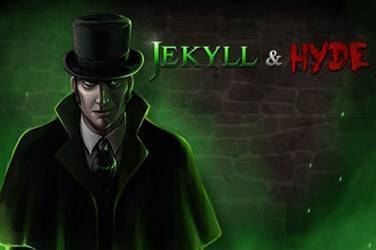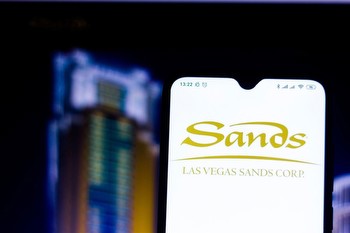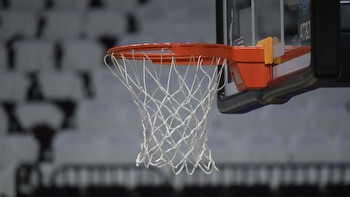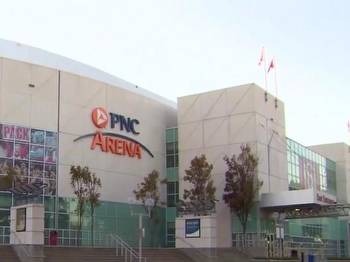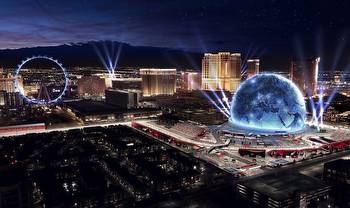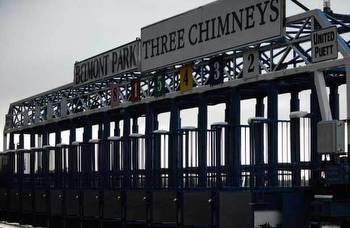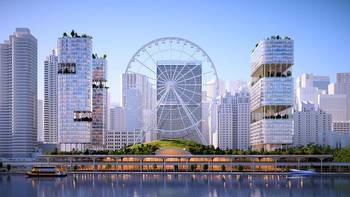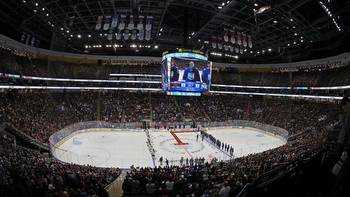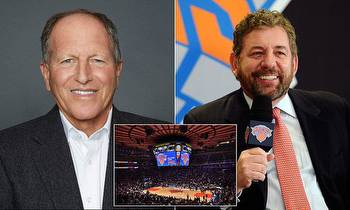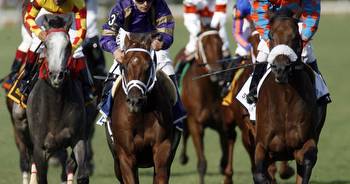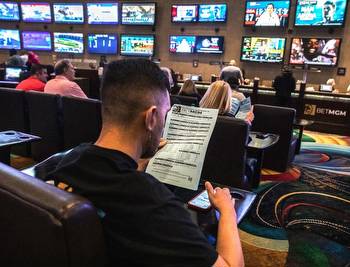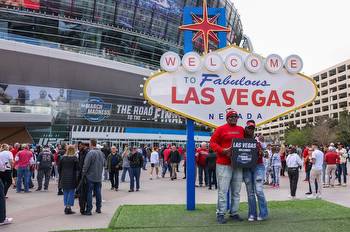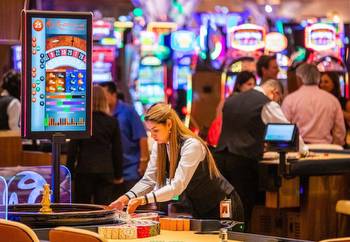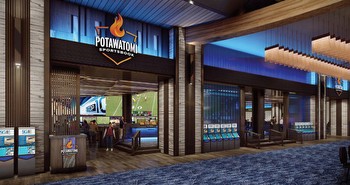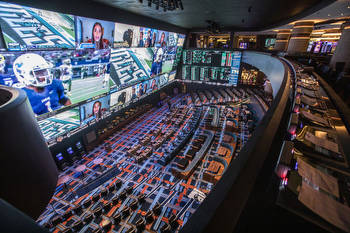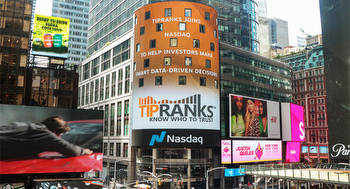Unlocking Profits: Why America's Controversial Business Dynasty is a Must-Invest

Someone once said, “Success is not about being liked; it's about being effective, about doing what needs to be done even if it ruffles feathers along the way.”
My firm, The Edge Consulting Group analyzes investments that are slightly off the beaten path and mostly undiscovered. Back in 2010, we went to visit several money management firms in NYC with a view to presenting an investment idea. I remember the trip very well for a majority backlash against investing in the company because the investment teams had one single problem. “They just didn’t like the owners of the business.”
Charles Dolan established the Cablevision Systems Corporation, a cable television provider in the United States, in 1973. Cablevision was one of the top media and telecommunications firms in the US, principally catering to customers in the New York metro area, which also includes New Jersey and Connecticut. The company was known for several pioneering efforts in the cable television and broader telecommunications industry. Interactive TV, Cloud DVR, High Speed Internet, Local News Channels, Wi-Fi anywhere, content ownership and ‘Triple Play Services’ included cable television, high-speed internet, and Voice over IP (VoIP) telephone services. This packaging was considered groundbreaking at the time and has since become an industry standard.
These innovations helped set Cablevision apart as a forward-thinking company in a rapidly evolving industry. Many of the concepts and services it pioneered have since become standard features offered by cable and telecommunications companies today.
The company was sold to Altice, a European telecommunications company, in 2016. The deal was valued at approximately $17.7 billion, including debt. Altice agreed to pay $34.90 in cash for each Cablevision share, which represented a premium over Cablevision's market value at the time.
Just prior to that, in 2010, Cablevision spun off MSG into a separate publicly traded company, The Madison Square Garden Company, which included the sports teams, entertainment properties, and venues like Madison Square Garden. Initially the Spinoff looked value creating, and we travelled around NYC presenting a very detailed investment thesis to money managers. It was here where we were presented with resistance and hesitation on investing primarily from the dislike of the Dolan brothers. James Dolan joined Cablevision in the early 1990s. He is the son of Charles Dolan, the founder. James initially worked in various roles within the company before rising through the ranks. He became CEO of Cablevision in 1995, taking on a prominent role in the company's operations and strategic decisions.
The perception of the Dolan family as value creators can vary depending on the context and who you ask. They have been both praised and criticized over the years, but there's no denying that they have been significant players and, in my view, visionary in the media and sports industries. The exit of Cablevision was arguably somewhere near the top of a bubble in an industry which has now become a cutthroat lower margin business.
The Dolan family, particularly James, has been associated with various controversies. They relate to the management of sports teams, interactions with the media, and corporate governance. It’s easy to see why they could not be liked.
The performance of the New York Knicks, high profile filings confrontations with fans, contentious relationships with the media, including blackouts; questionable corporate governance and personal public outbursts have all contributed to a polarizing view of the family.
Madison Square Garden (MSG) was spun off from Cablevision Systems Corporation on February 9, 2010. On that day, MSG began trading on the NASDAQ stock exchange under the ticker symbol "MSG". The opening price for MSG's Class A common stock was $29.25 per share. The spin-off was intended to allow MSG to operate as a more independent company and to give investors a clearer view of the value of its assets. In another visionary move, the Dolans were capitalizing on entertainment being bigger and better, the full list of the assets at the time included:
- Madison Square Garden, a multi-purpose arena in New York City
- Radio City Music Hall, a concert hall and theater in New York City
- MSG Networks, a regional sports network
- The New York Knicks, an NBA basketball team
- The New York Rangers, an NHL hockey team
- The Hartford Wolf Pack, an AHL hockey team
- The Westchester Knicks, an NBAGL basketball team
- Tao Group Hospitality, a restaurant and nightlife company
In addition to these assets, MSG also owned several other properties, including office buildings, parking garages, and retail space.
It is difficult to calculate the exact the unadjusted price of MSG from the Cablevision Spinoff due to the nature of Spinoff transactions done in the past. However, the unadjusted stock price went to $312. Over 1100%. The bet on the rise of the interest in entertainment was a solid one.
In 2023, MSG announced plans to spin off its live entertainment and media assets into two separate companies. The first company, MSG Entertainment, will own Madison Square Garden, Radio City Music Hall, and MSG Networks. The second company, MSG Sphere (SPHR, will own the MSG Sphere Las Vegas, a new state-of-the-art venue that is scheduled to open on September 29, 2023, when rock band U2 debuts the first of a planned 25 U2: UV Achtung Baby Live. The Sphere in Las Vegas, officially known as the MSG Sphere at The Venetian, is an entertainment venue under construction in Paradise, Nevada, adjacent to the Las Vegas Strip.
The vision behind the Sphere is to revolutionize the entertainment experience by creating an immersive space with next-generation technologies. It’s the future and something any investor should consider buying into for outsize returns down the road. Key features and concepts associated with the Sphere include:
- Immersive Sound: Beamforming technology will allow sounds to be directed to specific locations in the venue, creating an unparalleled audio experience.
- Giant LED Screen: A huge, dome-shaped fully programmable LED exterior and an even more massive interior LED screen will provide high-resolution visuals that can wrap around the entire interior of the venue.
- Haptic Technology: This will allow audience members to "feel" certain experiences, such as feeling the sensation of bass through the floor.
- Infrastructural Innovations: Advanced technologies, such as beamforming sound and "infrasound haptic" flooring systems, would be used to enhance the sensory experience.
- Seating: The venue will house approximately 17,500 seats, designed to ensure every viewer gets an optimal view and sound experience.
- Versatility: The Sphere is designed to host a variety of events, from concerts and theatrical shows to product launches and e-sport competitions.
The wider vision is to offer audiences an experience that transcends traditional performance spaces by making shows more immersive and engaging than ever before. The Sphere is conceived as a venue to elevate all the senses and push the boundaries of what is possible in live entertainment.
Over the last six years, the company spent approximately $2.3 billion to complete the structure in Las Vegas. The company and shareholders stand to gain from this innovative endeavor, 'The Sphere,' thanks to its state-of-the-art technology, which promises to elevate the entertainment experience, coupled with its iconic, landmark dome-shaped structure. Going forward, Sphere Entertainment Co. (SPHR) is exploring an asset-light model to build smaller sphere venues across the globe through various strategies such as joint ventures, equity partners, a managed venue model, strategic partnerships, non-recourse debt financing, etc.
The Dolan family has made a substantial and daring gamble on The Sphere. However, their track record of success with the previous $1.3 billion MSG Garden Transformation project suggests they possess the right formula to ensure its success. Moreover, the family will undoubtedly attempt to generate value for their shareholders, with the possibility of a split in the future if necessary.
In a recent conference call, management expects The Sphere operating costs to increase in Q1/Q2 FY24 as SPHR ramps up its operations in Las Vegas. At the same time, management predicts that the impact of The Sphere on financials will become more apparent in Q2 FY24 due to the takeover of U2, Postcard, and Formula 1 in November 2023.
The MSG Garden Transformation: Cablevision, spun off the Madison Square Garden, comprising MSG Entertainment, its Networks, and its Sports division back in February 2010. In November 2010, the company announced and started the renovation plan for The Garden, with an estimated budget of $800m+, scheduled to be completed in 2013. The company aimed to generate more than $900m in net cashflow after the capex of MSG arena at The Garden. This new capacity would have 18,006 seats for hockey and 19,812 for basketball. Additionally, management was confident and decided to fund the complete renovation from its cash in hand and cash generated from its operations, with the company also having a five-year revolver capacity of $375m as a safety net. The Dolan family made a billion-dollar bet on The Garden and its ability to generate healthy cash flow post-renovation. Finally, it took three years and ~$1.19bn to complete The Garden renovation. Following the completion of The Transformation, New York City reassessed The Garden’s property value from roughly $800m to $1.2bn (starting in 2015).
There was much pessimism and cynicism regarding The Garden capex and whether the spending justified the expected returns. Despite what was believed, the stock price and its returns indicated a different story.
- Renovation Period (Feb 10, 2010 – Oct 25, 2013): Post-Spin, MSG’s stock price went from $5.29 to $18.53, registering a growth of over 250% while the market benchmark was up 64% during the same tenure.
- 1st Year, Post Renovation (Oct 25, 2013 – Oct 24, 2014): The stock rose from $18.53 to $19.58, generating a return of 5.6% vs. the market benchmark return of 11.6%.
- 2nd Year, Post Renovation (Oct 24, 2014 – Oct 26, 2015): The stock price increased from $19.58 to $20.27, posting a return of 3.5% while the market benchmark reported 5.4%. During this period, MSG Network was Spun off on Sept 21, 2015.
- 5th Year, Post Renovation (Oct 25, 2013 – Oct 25, 2018): MSG’s stock price rose from $18.53 to $25.26, delivering a return of 36.3%, while the market delivered 53.7% during the same time.
A similar MSG transformation/revitalization success story came when MSG bought The Forum in Inglewood California for $23.5 million in 2012. After spending around $50 million on renovations and was completed, MSG sold the Forum for $400 million to Steve Ballmer, who had previously bought the Los Angeles Clippers (the basketball team) for $2 billion in 2014. Based on another transformational example, we believe the Dolan family is trying to replicate the MSG Transformation success and apply the same ingredient for its upcoming Sphere in Las Vegas.
- Similarities between The MSG Garden and The Sphere Project:
- Self-funded (Debt + Equity) without any partnership or franchisee model.
- Cost overruns of the project.
- Healthy stock returns while the project was under development. SPHR delivered 34.2% from the Spinoff on April 21, 2023, while the S&P 500 delivered ~8.8% during the same period, outperforming the market benchmark.
- Gloomy sentiment on the expected returns from the project.
Spending $2.3 billion is a huge and risky bet made by the Dolan family. Right now, the market sentiment seems volatile and cynical for The Sphere project. However, the last big spending of $1.3 billion on The Garden Transformation proved to be a successful venture and quite beneficial for the company. Currently, the garden and other entertainment venues trade separately under the name “Madison Square Garden Entertainment (MSGE).” The market is underestimating the Dolan family’s business acumen and their ability to generate wealth for their shareholders by making bold decisions. This new venture, The Sphere, could benefit the company and enhance the entertainment experience with its iconic dome shape.
Las Vegas is the house of the nation’s largest media markets, resided by major entertainment venues such as T-Mobile Arena, The Colosseum, Dolby Live, and many more. Every year, Las Vegas witnesses more than 40 million tourists and has over two million residents. We have tried to gain insight into the performance of other venues in Las Vegas and understand the dynamics.
In February 2018, along with the Las Vegas project, the company announced a land purchase in Stratford, London. Following that, the company submitted a planning application for building a Sphere venue to the local authority in March 2019. The project received approval from the London Legacy Development Corporation in 2022 but still requires sign-off from the mayor, and the process is ongoing.
Recently, management indicated that they are exploring various options, such as joint ventures, equity partners, a managed venue model, strategic partnership, non-recourse debt financing, etc., to build smaller sphere venues across the globe by adopting an asset-light model. Meanwhile, the company will also provide technical and innovative expertise to its strategic partners in The Sphere. The outlook of setting up the mini spheres globally largely depends upon The Sphere’s success in Las Vegas.
Recently, Sphere Entertainment Co. (SPHR) Spun off Madison Square Garden Entertainment (MSGE) in April 2023 while retaining the Network business and selling Tao Group Hospitality in May 2023. Once The Sphere is up and running at its full potential, we believe the company may look to separate its MSG Networks and probably merge with AMC Network (AMCX), a Dolan family-controlled entity, or merge it with MSGS. We believe a merger between AMCX and MSG Network might help to capitalize on the synergies between these two media companies. Later, management may also try to merge SPHR with MSGE to build one of the biggest entertainment venue companies in the world.
Here at The Edge, we have analyzed and valued SPHR by evaluating each division based on available information. For MSG Network, we have valued it based on the EV/EBITDA (adj. AOI excluding stock-based compensation). For The Sphere, we have valued it based on the EV/Sales, i.e., the potential revenue it can generate at 85% occupancy with an average rate of 3 shows running for 360 days, with an average ticket price of $90 in FY25 from its original content “Postcard from Earth.”
We have not included air rights on exosphere and sponsorship deals due to limited information. Due to the lack of information on upcoming events and non-comparable peers, we have conservatively applied a 20% discount to the Base case. For MSG Networks, we have applied a 15% discount to its peers amid intense competition and losing subscribers, leading to margin pressures. Factoring all the parameters, our Bull case for The Sphere is $56 and upside of over 50% from the current share price of $37.
Jim Osman owns shares in Sphere Entertainment Co. (SPHR)
